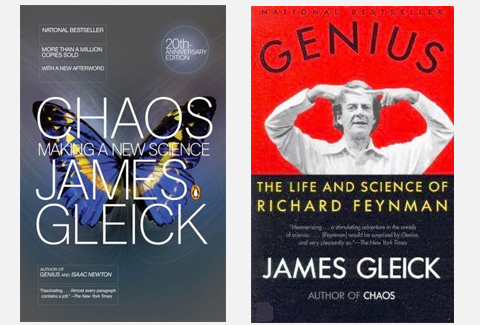
This is the mathematical equivalent of pattern recognition used by clinicians. Previously we have considered the patient in a number of whole dimensions (Mollenhauer 1985) but fractional dimensions allow for consideration of similarities rather than exact duplicates. As will be discussed with important orthodontic examples later, the term fractals is a abbreviation of fractional dimensions. According to reviews (the book is not available locally yet) clinically relevant information on fraetals may be gleaned from papers given at a conference in London and edited by Crilly et al. For fractals, Jurgens et al.'s article (1990) is easier reading than Goldberger et al.'s (1990) despite the latter being on human physiology. Gleick's book provides an interesting history of Chaos Theory but is unfortunately quite severely marred by journalese. ttowever, the introductory chapter by the editor, Davies (1990), is easier to read with less technical jargon, but it does not have sufficient detail. Clinicians may prefer this source to physics texts on the subject since the language of physics is somewhat foreign to them such as the chapter by Ford (1990). LITERATURE REVIEW The main source for Chaos Theory for this editorial has been the book by Gleick (1990). As a corollary, they will raise the status of day-to-day clinical experience because many observations can now be substantiated. This is because they show promise as a means of explaining and describing irregular patterns and forms in Nature in mathematical terms. He lives and works in New York.Chaos theory and fi'actals R e c e n t l y, the natural sciences have shown an unprecedented interest in two new fields-Chaos Theory and Fractal geometry. His latest book, The Information: A History, a Theory, a Flood,was published in March 2011.

Gleick’s prominent works include Genius: The Life and Science of Richard Feynman, Isaac Newton, and Chaos: Making a New Science, all of which were shortlisted for the Pulitzer Prize.

Upon graduating from Harvard in 1976, he founded Metropolis, a weekly Minneapolis newspaper, and spent the next decade working at the New York Times.
#Download chaos james gleick pdf full
Gleick has a novelist’s touch for describing his scientists and their settings, an eye for the apt analogy, and a sense of the dramatic and the poetic.”- San Francisco Chronicle “There is a teleological grandeur about this new math that gives the imagination wings.”- Vogue “Gleick's Chaos is not only enthralling and precise, but full of beautifully strange and strangely beautiful ideas.”-Douglas Hofstadter, author of Gödel, Escher, Bach Born in New York City in 1954, James Gleick is one of the nation’s preeminent science writers. Never before has chaos been so easy to grasp. “Beautifully lucid.

Interviews with leading theoreticians, a video introduction from the author, and motion graphics depicting concepts such as the famous Lorenz attractor-the concept that birthed chaos theory-complement Gleick’s elegant prose. Miniscule differences in data, they said, would eventually produce massive ones-and complex systems like the weather, economics, and human behavior suddenly became clearer and more beautiful than they had ever been before. In this updated version of his seminal work, James Gleick lays out that new vision of a chaotic universe. In the 1960s, a small group of radical thinkers upset the rigid foundation of modern scientific thinking by placing new importance on the tiny experimental irregularities that scientists had long learned to ignore. The blockbuster modern science classic that, two decades ago, introduced the butterfly effect to the world and became an international sensation-now updated with video and modern graphics


 0 kommentar(er)
0 kommentar(er)
